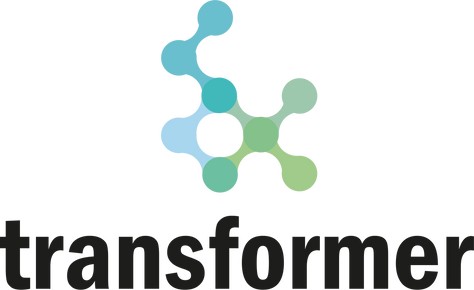Dedicated methods and tools can be used by TSLs for helping them to monitor progress and outcomes during the transition process (Activity 10.2 of TRANSFORMER Roadmap).
- Clear and Concise Reports tailored to TSL stakeholders’ needs, highlight key metrics and explain deviations from the original plan. This approach ensures that stakeholders can quickly grasp the current status and make informed decisions, significantly enhancing the ability to monitor project progress and outcomes effectively[1].
- Maintaining robust communication channels is another critical aspect, fostering transparency and trust among TSL stakeholders and team members. Open communication ensures everyone remains informed and aligned with the project’s progress and objectives[2]. Additionally, utilizing project management software with Real-Time Tracking features provides instant visibility into project status, allowing for proactive decision-making and timely interventions[3].
- Implementing Automated Reporting Tools is essential for efficiently collecting and disseminating valuable information on project performance. Automated reporting enables managers to make data-driven decisions quickly and accurately, ensuring all relevant data is readily available[4].
- Actively Involving TSL Stakeholders in monitoring activities through regular updates and transparent communication keeps them engaged and aligned with the project’s goals, enhancing overall project success[5].Common tools for monitoring and reporting include Jira[6], which offers real-time tracking and customizable workflows; Smartsheet[7], with customizable dashboards and real-time reporting; Monday.com[8], known for real-time collaboration and advanced reporting; Asana[9], which provides customizable task views and integration capabilities; Trello[10], for visual task organization; and Tableau[11], for advanced data visualization and interactive dashboards. Real-time Dashboards, provided by tools like ProjectManager (https://www.projectmanager.com/) and ClickUp (https://clickup.com/), offer high-level project monitoring, ensuring all relevant data is up-to-date and easily accessible, ultimately enhancing the efficiency and effectiveness of transition activities.
[1] Matyska, K. (2024). Project Monitoring Guide: Process, Types, Tools & Techniques. Available at:
https://timeular.com/blog/project-monitoring/
[2] Matyska, K. (2024). Project Monitoring Guide: Process, Types, Tools & Techniques. Available at: Project Monitoring Guide: Process, Types, Tools & Techniques – Timeular
[3] ProjectManager (n.d.). Project Tracker. Available at: Project Tracker: The Ultimate Guide to Project Tracking (projectmanager.com)
[4] ProjectManager (n.d.). Project Tracker. Available at: Project Tracker: The Ultimate Guide to Project Tracking (projectmanager.com)
[5] ProjectManager (n.d.). Project Tracker. Available at: Project Tracker: The Ultimate Guide to Project Tracking (projectmanager.com)
[6] ProductPlan (n.d.). What is Jira? Available at: https://www.productplan.com/glossary/jira/
[7] Smartsheet. (n.d.). The enterprise work management platform. Available at: https://www.smartsheet.com/
[8] Lambden, D., & Macey, J. (2024). monday.com Review Test Results and Feature Analysis. Available at: https://tech.co/project-management-software/monday-review
[9] Team Asana (2024). Critical path method: How to use CPM for project management. Available at: https://asana.com/resources/critical-path-method
[10] Arun, R. (2024). What is Trello and How To Use It? Available at: https://www.simplilearn.com/tutorials/project-management-tutorial/what-is-trello
[11] DataCamp (2023). What is Tableau: The Complete Guide to Tableau. Available at: https://www.datacamp.com/blog/all-about-tableau
